With the monumental shifts in healthcare and the pharmaceutical industry expected to come from Washington, D.C., PM360 asked 10 industry professionals—all experts in their field—to weigh in with their thoughts on how the industry could change over the next one to five years. We asked:
- What will be the impact on innovation in drug development in terms of new treatments and pipelines for new drugs? How will that affect time-to-market for new drugs and treatments? Which therapeutic areas will see the biggest growth over this time?
- What does pharma expect from the new administration in terms of prescription pricing, and how will that affect not only bottom line, but also patient access to treatment? How would access constraints affect the industry and what could the pharmaceutical industry do to address this?
- How might the pharma/payer dynamic change in this new climate?
- Where do you think the biggest slice of marketing budget allocations will go? What marketing channels will be the most effective for engagement with patients and HCPs? Do you see/foresee any emerging channels that might be game changers?
- How will the pharma sales model continue to change over the next five years? What adjustments will companies need to make to remain successful? How will beyond the pill and patient-centric approaches that pharma has been preaching affect pharma’s offerings to customers?
We thank the NYC Health Business Leaders (NYCHBL), who sponsored this panel of experts who expressed their views on the challenges and opportunities that lie ahead for the industry.
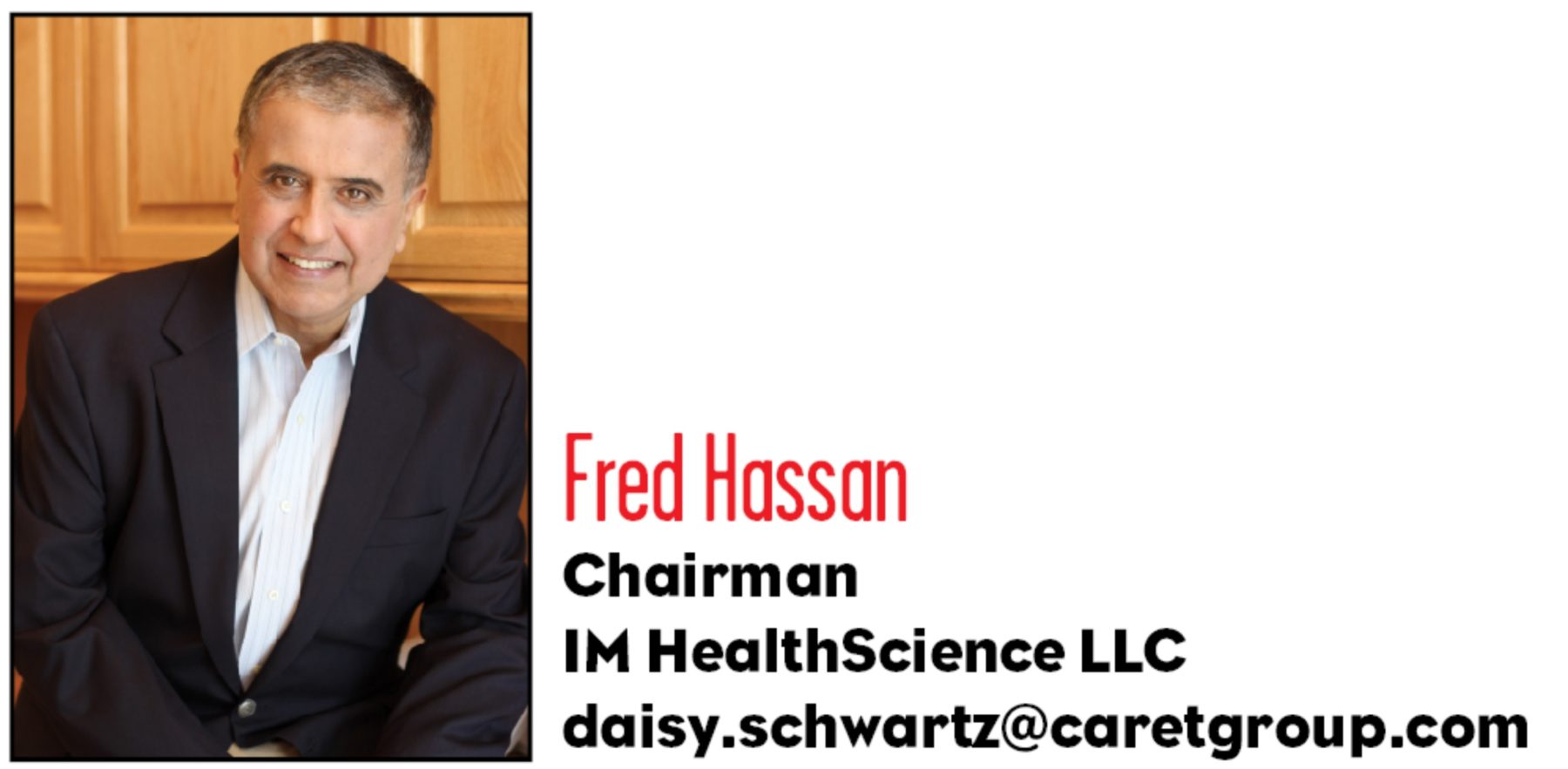 There will be more drug innovation in the next 10 years compared to the past 30 years. We now have knowledge and tools that we didn’t have before. These are three key examples:
There will be more drug innovation in the next 10 years compared to the past 30 years. We now have knowledge and tools that we didn’t have before. These are three key examples:
- We now know a lot more about disease and disease cascades and will continue to keep learning more. In this age of rapid sharing of knowledge, what happens in a research institute in Singapore travels fast to another research institute in, say in San Diego, which, in turn, then goes on to add to the knowledge for all the world’s scientists to use. This accelerated growth in knowledge continues.
- We will soon be entering the third decade since the human genome was unveiled. We are now poised to start harvesting the fruits on this major advance in science.
- At the same time, we are entering a period where generating data, structuring data, analyzing data, and storing data has advanced exponentially.
Combining advancing knowledge of disease cascades with genomic knowledge and advanced data science, we hope to see a new era where new products will be:
- More potent
- More selective for the targeted disease
- Cheaper to innovate
The next decade promises to be the best innovation decade for our industry.
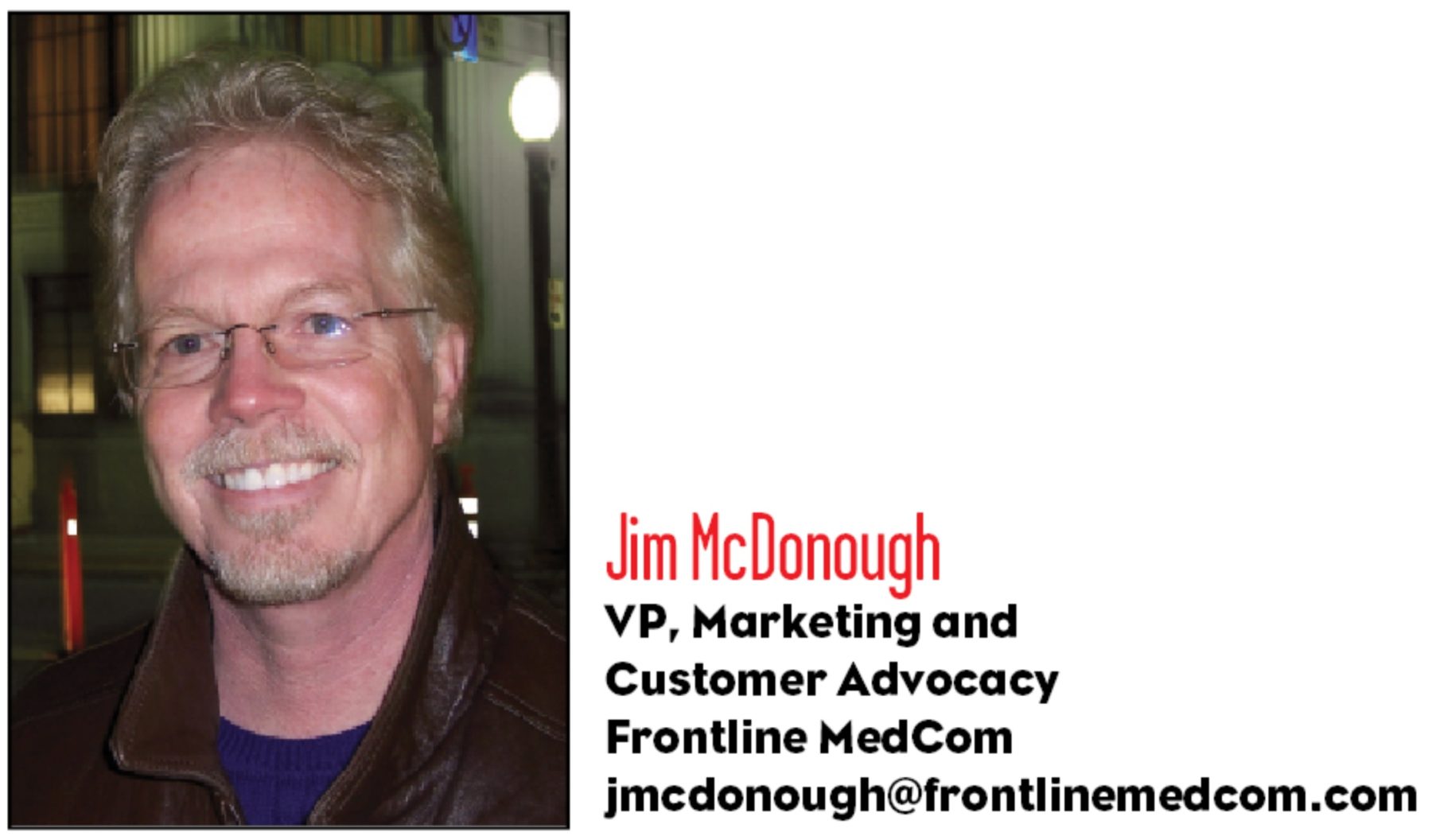 In terms of how the industry could change in the next several years, permit me to link thoughts on marketing budget allocations with questions about the industry’s preparation for a “massive shift.”
In terms of how the industry could change in the next several years, permit me to link thoughts on marketing budget allocations with questions about the industry’s preparation for a “massive shift.”
Despite the traditional ways that pharma typically markets to physicians (less about reps, more about digital, all about the brand message), a recent Manhattan Research study suggests that for brand planning, there are three “must-dos” for physician engagement:
- Physicians want richer content from pharma on HCP websites—not just “advertising and promotional fluff.” The action item here: Build campaigns and content that help doctors and their practices—don’t simply push products.
- Quality scientific content is currency for all-important physician trust, but pharma isn’t delivering (70% of physicians agree that “it is crucial that pharma companies provide education resources rooted in science to gain my trust.”) The action item: Make this happen—and deliver it in multiple channels—along with your messaging.
- Pharma needs to plan for emerging tech that will soon transform physician workflow and meaningful info-seeking. The alternative: Being out of the loop!
Also, a no brainer: Physicians’ universal desire to get high-quality patient assistance and education aids as an important value-add. Bottom line: Pharma should further their efforts to go beyond the pill (and the banner) to a bigger role as a true healthcare partner—providing physicians with meaningful content and tools that improve patient outcomes as well as a critical reading of the literature by relevant KOLs and DOIs (Digital Opinion Influencers).
And what might a marketer expect from this effort? Heightened physician trust and the achievement of a meaningful branding effect that few other companies could match. This is not to say that pharma should abandon ads or other brand communications. Rather, physicians are more apt to notice your ads in a new light: That of a solution provider ensuring the best possible patient outcomes. The halo of this branding effect should also shine on the bigger value chain that includes the company, the brand, and the sales rep.
 From my vantage point in reimbursement, policy, and access in oncology, I see the next three to five years as the time when all of the key stakeholders, including government agencies, commercial payers, healthcare providers, and patients, begin to come together in earnest to set up value-based arrangements in this space. While there have been numerous examples of value-based approaches, which link reimbursement to a defined health outcome, in the pharmacy benefit space, these agreements have languished in the medical benefit arena. There has always been a barrier or impediment that has led to many good ideas not moving forward. This situation has various root causes, and none is more significant than the government price reporting complications that arise from any such approaches. It would be easy to dismiss these concerns as attempts to maintain the status quo; however, that would truly discount the significant penalties associated with non-compliance with government price reporting obligations.
From my vantage point in reimbursement, policy, and access in oncology, I see the next three to five years as the time when all of the key stakeholders, including government agencies, commercial payers, healthcare providers, and patients, begin to come together in earnest to set up value-based arrangements in this space. While there have been numerous examples of value-based approaches, which link reimbursement to a defined health outcome, in the pharmacy benefit space, these agreements have languished in the medical benefit arena. There has always been a barrier or impediment that has led to many good ideas not moving forward. This situation has various root causes, and none is more significant than the government price reporting complications that arise from any such approaches. It would be easy to dismiss these concerns as attempts to maintain the status quo; however, that would truly discount the significant penalties associated with non-compliance with government price reporting obligations.
The stars appears to be aligning now, and I see our industry at a crossroads on this issue. After many years of discussion, it appears that the systemic price reporting concerns may finally be addressed in upcoming executive actions by the Centers for Medicare & Medicaid Services. If this occurs, then I expect that we will see a concerted effort to move toward value-based agreements in this space, allowing our industry to articulate more clearly than ever the value of the products that we invest in so significantly to bring to market to address patients’ needs.
What does this all mean for our industry? I believe that those companies that can fully embrace this change and take proactive, diligent steps to embed a value-based focus deeply into their all parts of their organizations will be best positioned for success in the coming years.
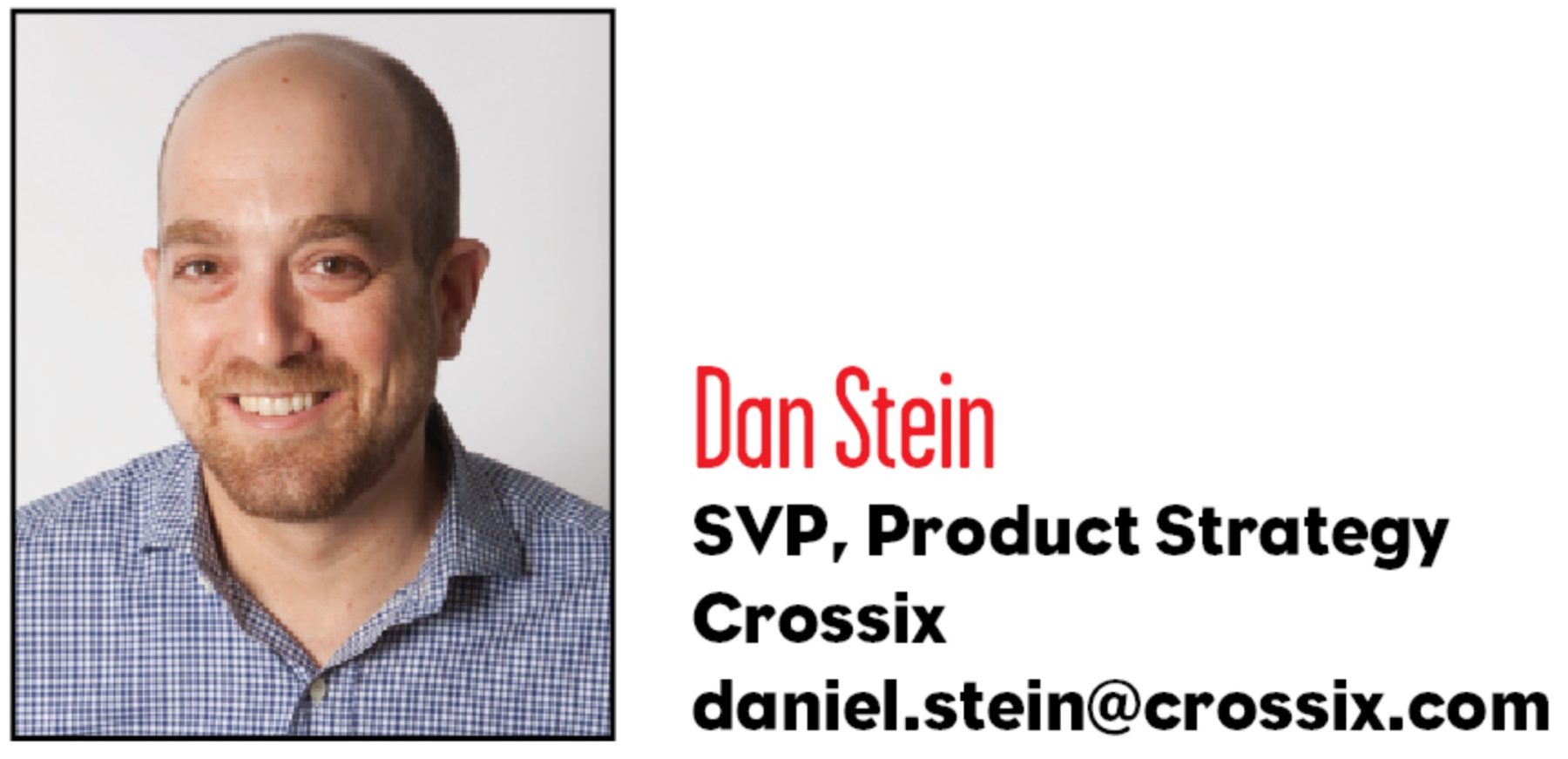 Broadcast TV has always received an outsized slice of the DTC marketing pie. With shifts in viewing patterns and skippable ads, the biggest shake-up in media spending will be the shift from mass awareness TV dollars to more targeted advertising platforms. In the new data-rich world of media and marketing, it’s no longer sufficient to reach the masses in the hopes of resonating with a specific audience. Brands will increase their use of and reliance on data-driven media channels—from programmatic digital to addressable TV—to reach distinct patient populations.
Broadcast TV has always received an outsized slice of the DTC marketing pie. With shifts in viewing patterns and skippable ads, the biggest shake-up in media spending will be the shift from mass awareness TV dollars to more targeted advertising platforms. In the new data-rich world of media and marketing, it’s no longer sufficient to reach the masses in the hopes of resonating with a specific audience. Brands will increase their use of and reliance on data-driven media channels—from programmatic digital to addressable TV—to reach distinct patient populations.
Using Health and Non-health Data
In the digital space, which thus far includes—but will soon primarily consist of—mobile, I think we will continue to see material investments beyond health portals and contextually relevant advertising to programmatic options, creating the notion of “targeted reach.” By using health and non-health data to drive programmatic targeting, advertisers can ensure that their messages are reaching patients and HCPs wherever and whenever they are online, while remaining HIPAA compliant. By targeting based on the audience, the industry continues to move closer to one-on-one engagement solutions.
I think the biggest game changer over the next two to three years will be addressable TV. Combining the visual impact of traditional TV commercials with granular targeting capabilities such as those used for digital media, addressable brings together the best of both worlds. By layering clinical and Rx data with set-top box data, advertisers can serve TV media to the most treatment-relevant viewers across various cable and satellite TV providers’ subscriber bases. Clients will soon also test using TV to run micro-targeted campaigns geared toward HCPs. Although TV buys have traditionally been a mass awareness tool, this data-driven approach allows marketers to use the engaging TV advertising format in a much more targeted and efficient way.
 Pharma should continue to prepare for changes that will result from the dialogue regarding the pricing of pharmaceuticals, including launch pricing and price increases. This conversation is pervasive and is occurring within each branch of the federal government, state governments, the courts, and other venues. The topic is being addressed in many “shapes and forms,” including Congressional inquiries, subpoenas, proposed legislation, and private lawsuits. While some companies have voluntarily pledged to maintain certain levels of price increases, others have made their price increases public by posting such information on company websites. These types of industry initiatives are important for pharma to continue. They not only provide industry the opportunity to stay actively involved in the discourse, but also allow them the chance to put information into context.
Pharma should continue to prepare for changes that will result from the dialogue regarding the pricing of pharmaceuticals, including launch pricing and price increases. This conversation is pervasive and is occurring within each branch of the federal government, state governments, the courts, and other venues. The topic is being addressed in many “shapes and forms,” including Congressional inquiries, subpoenas, proposed legislation, and private lawsuits. While some companies have voluntarily pledged to maintain certain levels of price increases, others have made their price increases public by posting such information on company websites. These types of industry initiatives are important for pharma to continue. They not only provide industry the opportunity to stay actively involved in the discourse, but also allow them the chance to put information into context.
For example, states continue to consider, and enact, legislation requiring, and/or resulting in, pricing transparency and transparency of certain costs—including marketing. Companies must be prepared to respond to the release of such information. This response must take into consideration how to explain the information to consumers and others. This is a challenging task for many reasons. In part, the opportunity to provide such information is not given to manufacturers in the state transparency reporting laws. Rather, information is submitted on forms. This type of submission has the potential to become misleading and deceptive to those reviewing it. The bigger picture and factual circumstances are often very important to understand why prices went up, why they went up the amount of the increase, and/or how pricing was set in the first place.
Value-based purchasing models, which are now part of the healthcare landscape, are becoming part of pharma’s pricing discussions with customers. Pharma will continue to see developments in this area and must consider the necessary operational adjustments. While there are significant regulatory challenges in the U.S. for full-fledge, risk-sharing arrangements with payers, we are seeing more examples of pharma offering certain drug pricing arrangements to payers based on the achievement of clinical results. Typically, these arrangements are structured based on a pre-determined quality metric. If the metric is not satisfied by a patient population, pharma will share the financial consequence with the payer.
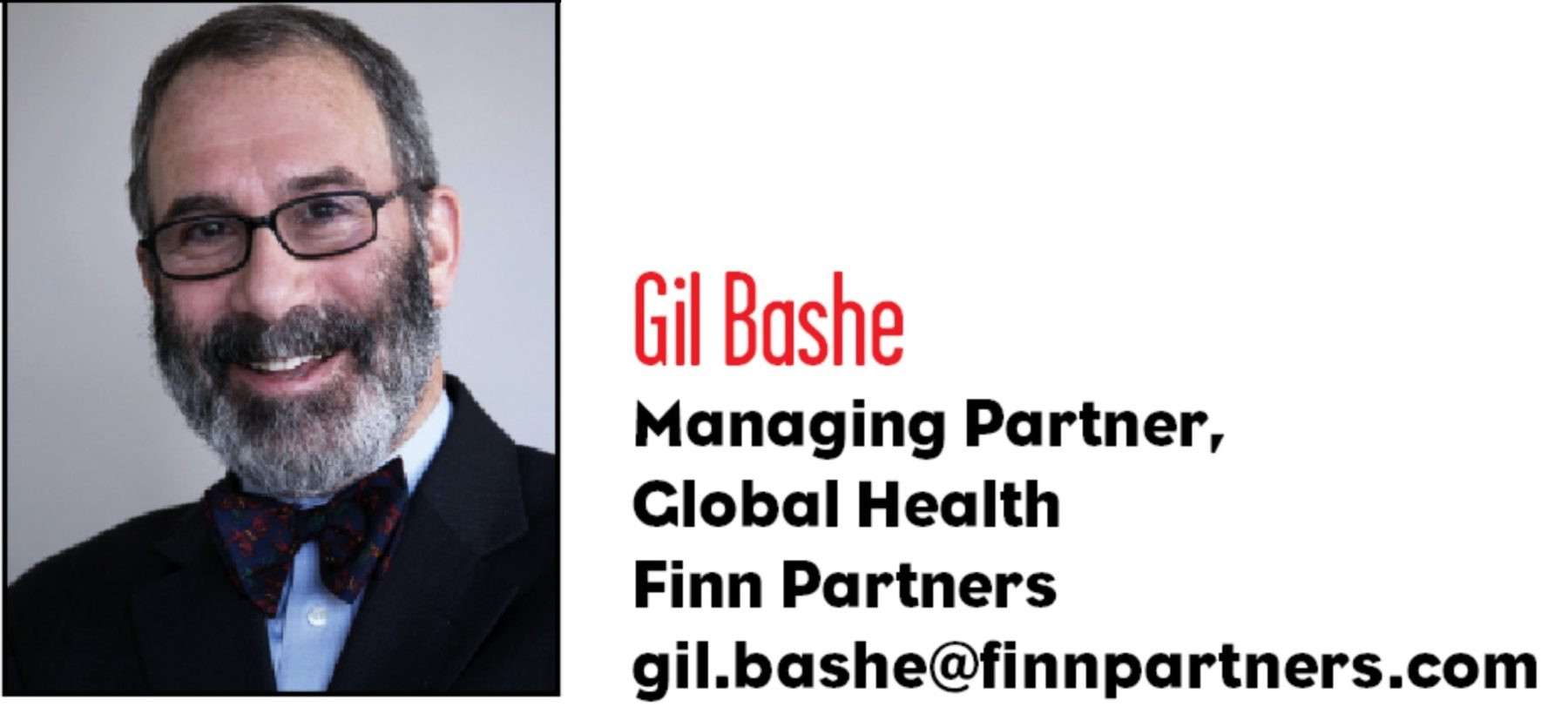 Non-communicable diseases—heart disease, diabetes, cancer, and respiratory illness—remain the biggest influencers on life expectancy and healthcare cost. Yet, most of these conditions have inexpensive, off-patent drugs available. To demonstrate game-changing value and secure a formulary berth, biopharma efforts will tilt toward unmet medical needs in cancer and Alzheimer’s that are riskier and costlier to develop.
Non-communicable diseases—heart disease, diabetes, cancer, and respiratory illness—remain the biggest influencers on life expectancy and healthcare cost. Yet, most of these conditions have inexpensive, off-patent drugs available. To demonstrate game-changing value and secure a formulary berth, biopharma efforts will tilt toward unmet medical needs in cancer and Alzheimer’s that are riskier and costlier to develop.
A new drug development model will take hold with smaller, high-knowledge teams, using crowd sourcing and filters that swarm around certain high-value, high-need diseases. Pharma will unleash a new wave of business development scouts that seek out multiple new possibilities for in-licensing.
In terms of the payer/pharma dynamic, the entire system is beginning to recognize that finger pointing is no solution. Cures trump disease management. Among the challenges are FTC laws prohibiting pharma companies and payers from discussing price ranges and budgets. The administration may need to take on this obstacle to improve collaboration.
Patient advocacy and compliance remain the elusive Holy Grail for marketers—and allocations and channels will reflect this. There are many success models—and most point to support from the C-Suite. Expect marketers to leverage digital communications heavily, enlisting HCPs and technology to keep patients informed and on their meds.
Patients are also choosing cost and convenience as a health-decision making priority—whether in picking a doctor, pharmacy, or drug. Pharma companies must make themselves and their “innovative wares” more accessible and friendly to the patient customer. Greater transparency about pricing is a large piece of helping to close the sale.
In terms of operational shifts, data—for drug development and marketers—is becoming the centerpiece. In the U.S., we lack true electronic health records and that remains an Achilles’ heel in serving patient interests—from compliance to drug side effect alerts. Watch the investment in information technologies to support medical and marketing.
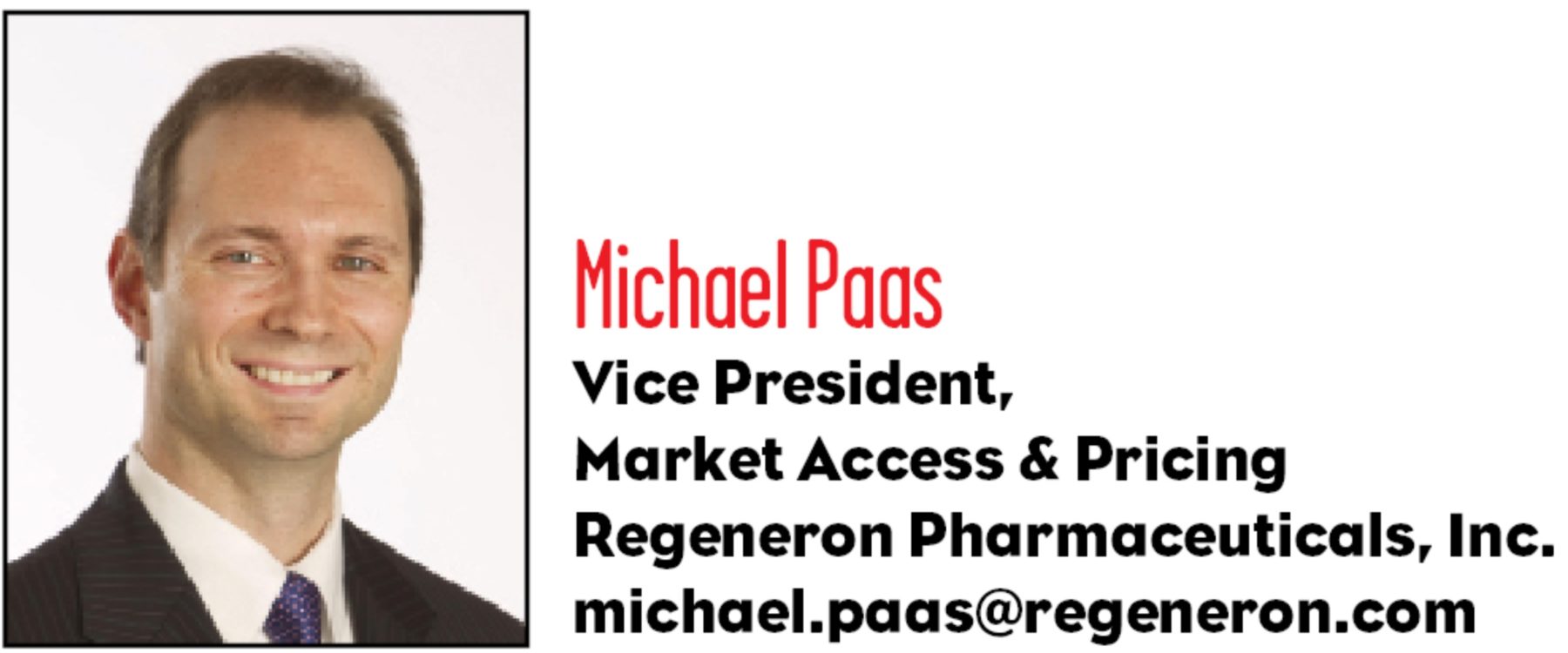 We hope the new Administration will continue to focus on policies that foster innovation and access to life-saving and life-altering medicines. Price controls don’t do that. Let’s face it—innovation in biopharmaceuticals is difficult, expensive, extremely time-consuming, and fraught with risk and uncertainty. If we take away investment and incentives for innovations, money will flow out of biopharma and into other investment opportunities, and we’ll start to inhibit the development of cutting-edge therapies that society needs. But the biopharma industry has to deliver its side of any market-based bargain: We have to innovate, and we have to deliver value to both individuals and the health system. Part of the bargain, and tied to delivering value, is pricing responsibly.
We hope the new Administration will continue to focus on policies that foster innovation and access to life-saving and life-altering medicines. Price controls don’t do that. Let’s face it—innovation in biopharmaceuticals is difficult, expensive, extremely time-consuming, and fraught with risk and uncertainty. If we take away investment and incentives for innovations, money will flow out of biopharma and into other investment opportunities, and we’ll start to inhibit the development of cutting-edge therapies that society needs. But the biopharma industry has to deliver its side of any market-based bargain: We have to innovate, and we have to deliver value to both individuals and the health system. Part of the bargain, and tied to delivering value, is pricing responsibly.
Access constraints typically get imposed when the system, particularly payers, do not perceive the value of the therapy, and/or when the perceived budget impact of the therapy looms too large. Responsible, value-based pricing can help in some cases to work through potential access constraints.
I also think there is, and will continue to be, a heightened focus on value and affordability. We’ve seen some payers respond to the environment with a rise in the use of exclusionary formularies—which limit physician and patient choice—increased cost shifting to patients, and highly challenging management utilization criteria and hurdles for some therapies. And we’ve seen some pharmaceutical companies price excessively, take repeated, large price increases without adding innovation, or raise the prices on older, inexpensive therapies.
But there are signs of progress. Some companies have pledged to reduce annual price increases, and, in some cases have priced new, innovative therapies at less cost than current treatments. For our recent product launches, we engaged early in the process with payers to share our clinical and health economic data, understand their point of view, and transparently discuss appropriate pricing. We believe this type of early, responsible collaboration should be the model moving forward.
 Less Evidence Actually Increases Cost
Less Evidence Actually Increases Cost
Early signs indicate that the Trump Administration may decrease the academic and regulatory rigor required by the FDA, with the goal of decreasing costs to the system. The irony is that reducing study and trial requirements will likely have the opposite effect. When we have good evidence, we know which patients benefit from a treatment and which do not—eliminating wasted treatments and testing potentially saving up to $1 Trillion annually (a full one-third of the total pie).
[reference: https://hbr.org/2015/10/how-the-u-s-can-reduce-waste-in-health-care-spending-by-1-trillion]
Less Evidence Has Real Human Risk
Reducing academic rigor also has significant risks. Just look at disasters from before the FDA: Bayer Pharmaceutical’s marketing of Heroin as a non-addictive cough suppressant; Soothing Syrups, which contained morphine, were aimed at calming crying children yet killed countless babies; and the children of Thalidomide, which prompted the FDA to require efficacy standards.
Less Evidence Will Increase Physician Distrust
There is an evident divide between HCPs and pharma caused by distrust. These regulatory changes will grow that divide. Fortunately, this opens up new marketing opportunities. Those who recognize and attempt to bridge the gap will stand out as a breath of fresh air. Strategies may include: Seeking out clinically useful evidence (even when not required by regulatory bodies), and either incorporating clear and honest evidence in marketing materials or pointing to medical references that do.
Less Evidence May Impact Access
As an emergency physician I’m often frustrated when trying to navigate which medications a specific patient can get, based on their insurance. I fear that less evidence may further decrease insurance reimbursement. Moving forward, resources that help clinicians navigate insurance reimbursement will play an even more significant role in our prescribing patterns.
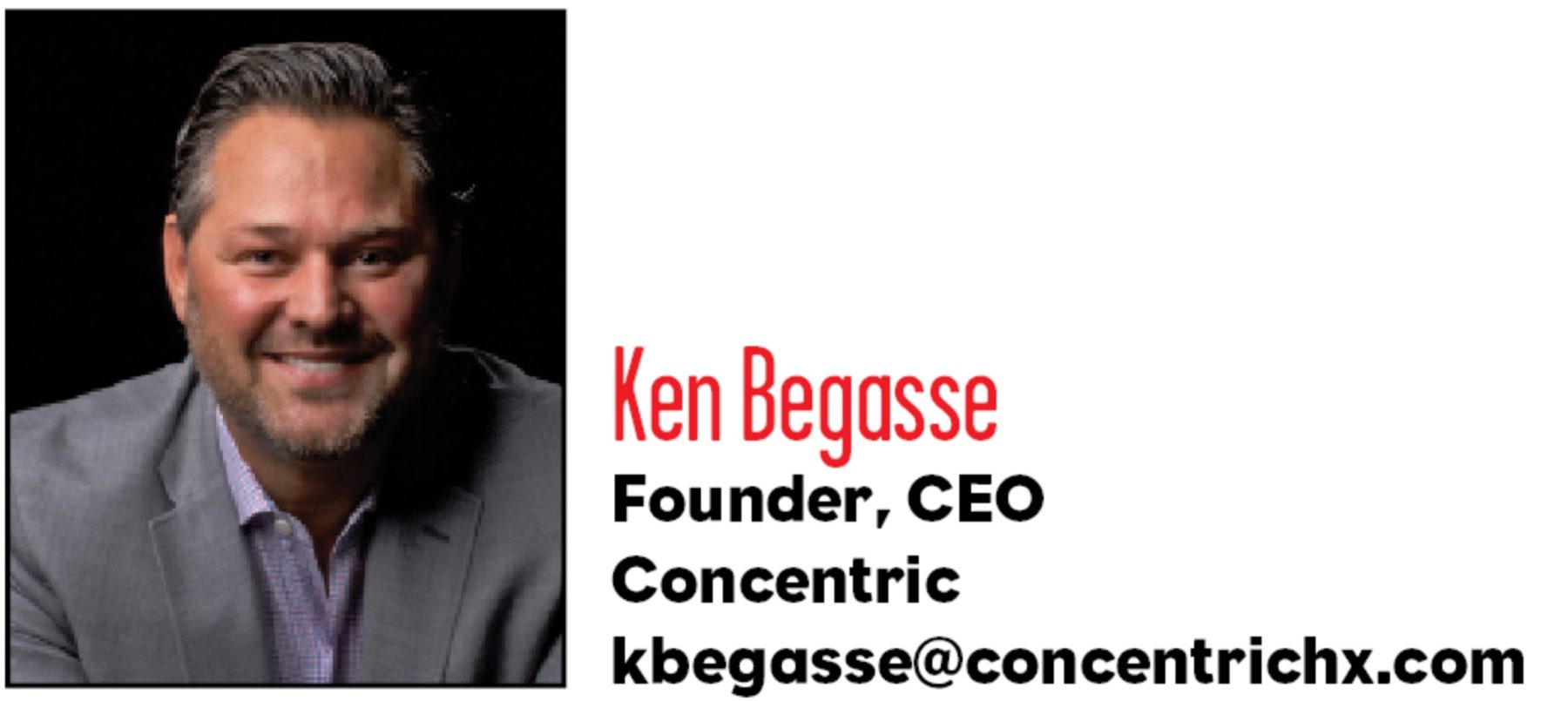 Healthcare is digital and the velocity of mobile engagement is unparalleled. Today, more than two-thirds of all HCP engagement is mobile; shortly this will surpass desktop as the primary mode of engagement. For patients, mobile is already the primary device.
Healthcare is digital and the velocity of mobile engagement is unparalleled. Today, more than two-thirds of all HCP engagement is mobile; shortly this will surpass desktop as the primary mode of engagement. For patients, mobile is already the primary device.
As marketers, this mobile-first healthcare experience means we need to build content and tools that enhance the mobile brand experience around three main areas of need for both the HCP and patient: Diagnosis, decision, and dialogue. The complexities of our healthcare landscape place enormous pressure on our HCPs to know more about a wider variety of treatments while treating a greater number of patients and conditions. Trusted content and accessible mobile-first tools at diagnosis are needed and desired. Treatment decisions are multifactorial and go beyond the research. Mobile-first tools that aid decision making around a personalized set of criteria bridge the gap between diagnosis and treatment, helping more patients get the treatment they need.
It is also important to recognize that our healthcare system isn’t homogeneous, connected, or complete. In the U.S., as we’ve seen in developing countries, a mobile-empowered healthcare system will ensure treatment reach and continuity with remote patients and physicians. While the centers of excellence will continue to drive leadership around the science, I predict much of the innovation in patient care and coordination will be driven by mobile-enabled, rural/tertiary care systems.
The industry is also on alert. In times of change, moving first is advantageous. We need to shift our approach and embrace a user-focused model. Improving adaptability with internal stakeholder collaboration and coordination is paramount. Collectively, the industry and its agencies need to build teams and systems that empower brands to confidently develop tools and content that address the growing needs of our customers. If we don’t do that, we could rapidly lose the strength of our relationships and become irrelevant and invisible to our audience. If we are slow to adapt, I fear this will happen at a ferocious pace due to the rapid proliferation of mobile. We need to be faster. Start now. It begins with a solution-oriented mindset shift, and there is no time to lose.
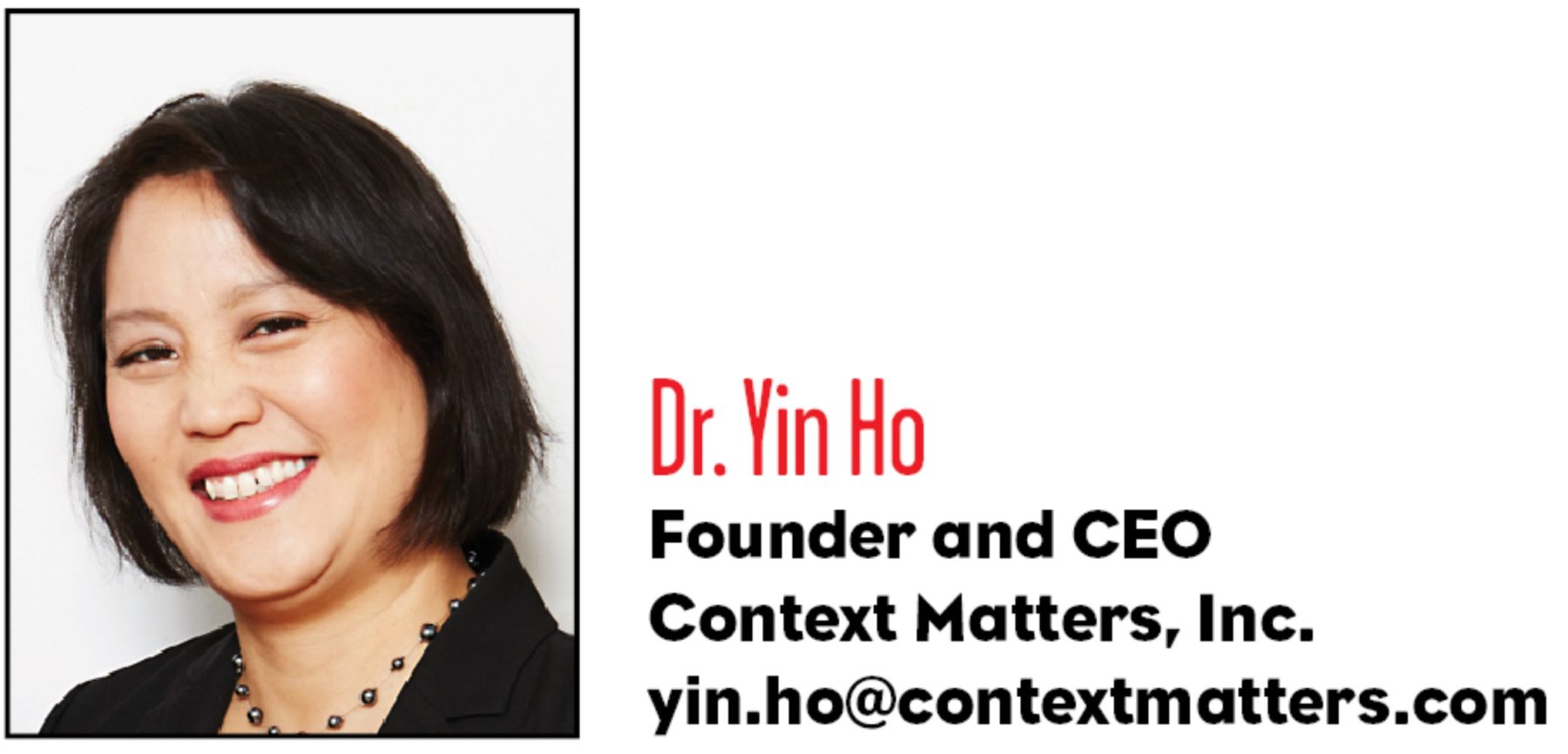 Pricing is the primary challenge in pharmaceutical marketing today. A new drug accumulates a vast suite of data by the end of the drug development process. This data can be an asset to demonstrate the drug’s value to individual patients, but it will also be used to judge the drug’s price. Pharmaceutical companies have long faced harsh criticism because of high list prices and vague and complex negotiation processes leading to the final prices. Consequently, many policymakers and other stakeholders are calling for companies to transparently demonstrate that their products provide value commensurate to their prices. A drug is a molecule dressed in data—and the job of pharmaceutical marketing is to use that data to demonstrate value and justify pricing to payers and policymakers.
Pricing is the primary challenge in pharmaceutical marketing today. A new drug accumulates a vast suite of data by the end of the drug development process. This data can be an asset to demonstrate the drug’s value to individual patients, but it will also be used to judge the drug’s price. Pharmaceutical companies have long faced harsh criticism because of high list prices and vague and complex negotiation processes leading to the final prices. Consequently, many policymakers and other stakeholders are calling for companies to transparently demonstrate that their products provide value commensurate to their prices. A drug is a molecule dressed in data—and the job of pharmaceutical marketing is to use that data to demonstrate value and justify pricing to payers and policymakers.
There remains an unresolved and complex problem—how to determine the inherent value of a drug when value is dependent on context and different groups of stakeholders have different definitions of value:
- What is the inherent cost-benefit ratio or cost-effectiveness of a drug for an individual patient? For a population?
- What is the societal cost of that drug relative to alternatives?
- What is considered effective and worthwhile by individual patients?
- What is considered sustainable within the larger healthcare system?
- How must the drug development process change to demonstrate value to all relevant stakeholders? How does this impact trial design and time to market?
Marketing in the future will need to:
- Communicate a drug’s cost-effectiveness at individual and population levels.
- Show which subpopulations stand to benefit the most from new drugs and how the cost-effectiveness varies between subpopulations.
The line between marketing and policy will blur as both strive to explain sustainability from the perspective of public health and budget responsibility. It should be an interesting journey.









